
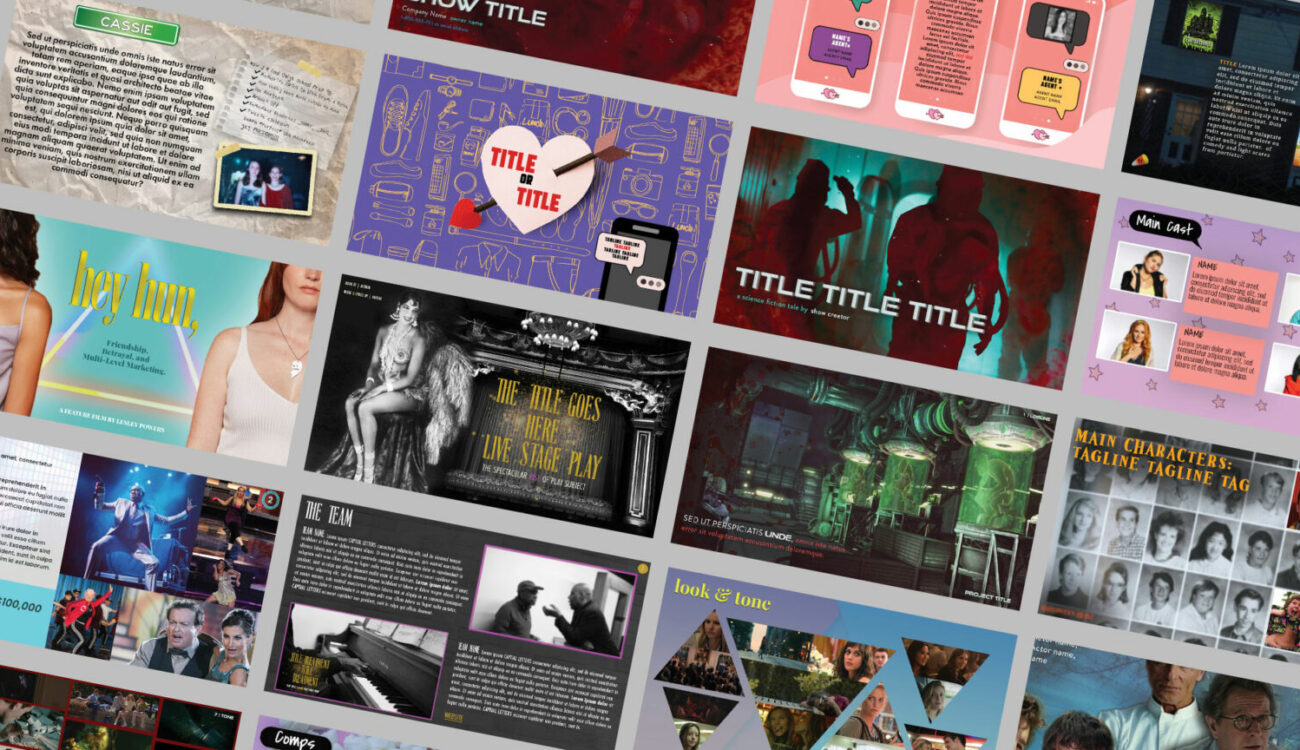
The end of the year is swiftly approaching, and we can’t help but wonder what comes next. Some filmmakers already have big projects and productions planned. Others prepare to face a traditional winter low. Either way, quiet holidays are the perfect time to be creative and think of all those film ideas you carry around in your head. The only question is: how to bring them to life? This is where you might need a convincing pitch for your project to show around. What should it look like, which elements are crucial, and how can it be organized most compellingly? Let’s gather some tips from industry experts.
A pitch is a short presentation of your project that serves to bring money and further collaborators on board. Additionally, it’s a storytelling device and a possibility to present your idea in a short, creative form. Nowadays, thousands of films, series, and concepts compete for the attention of potential audiences and production studios. Those in charge just don’t have time to read through every script. That’s where a wisely structured, convincing pitch will come in handy. Don’t think of it as an easy deal though!
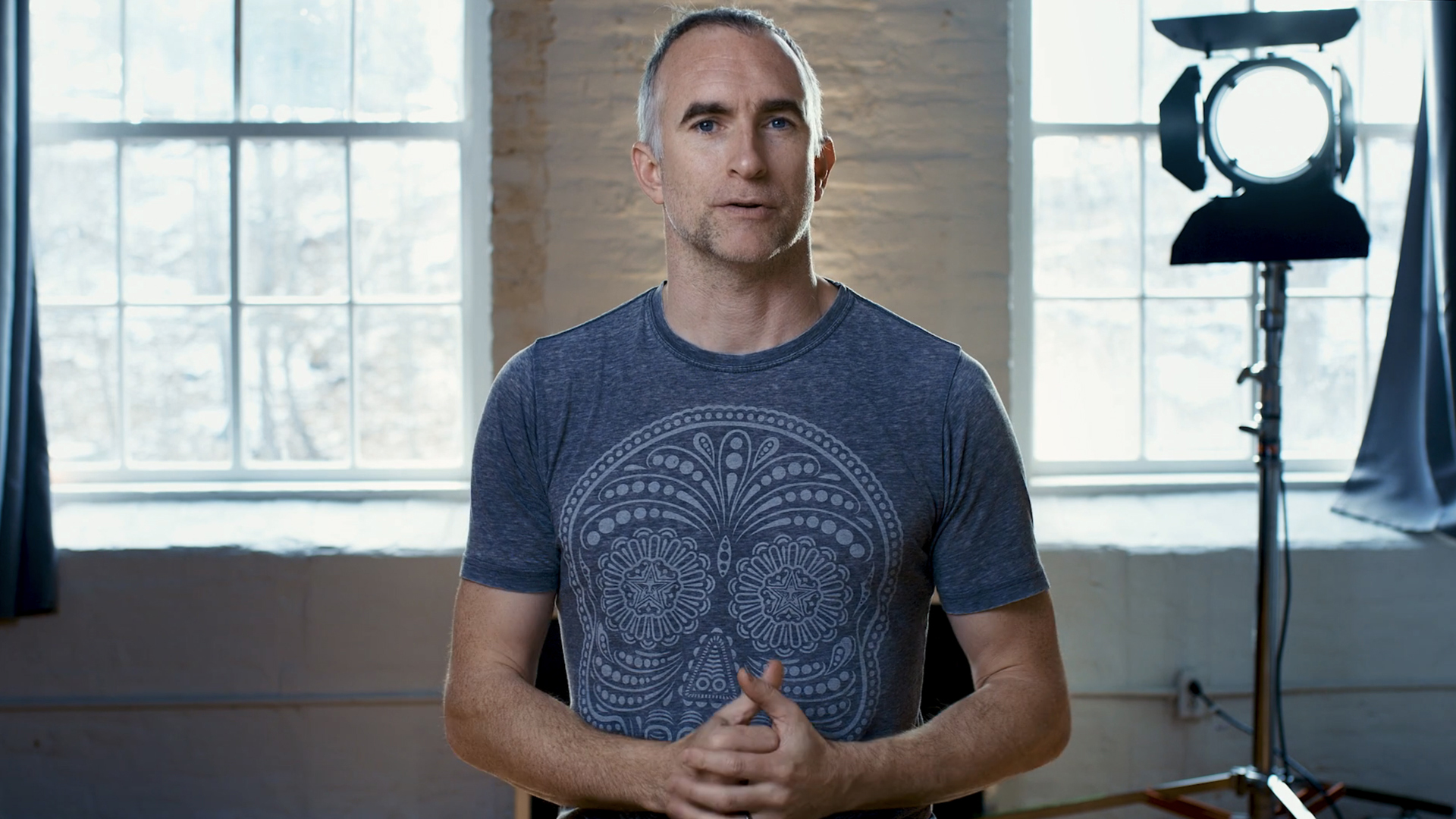
Why pitching is one of the most important skills
So, where to start? Some experts say the pitch should come before anything else. Even if you already have a vivid story in your mind, it might be a bad idea to jump straight into the script-writing process. That’s why – explains seasoned independent filmmaker Rubidium Wu in his course, “The Indie Film Blueprint” on MZed.com:
Once you invest the time into writing a script, you become reluctant to change it.
Rubidium Wu
Instead, Rubidium takes his idea and pitches it to people he knows – friends and relatives. The most important thing during this process is to watch their faces. If they start to drift, look away, or interrupt your speech with an “Oh, it reminds me of the film I watched”, then something doesn’t work. Either you need to alter the story itself or work further on the pitch. Rubidium does multiple runs until someone listens to the final premise of the film and is as captivated as he was when he thought it up.
Testing an idea beforehand saves you a lot of time. It’s much better than spending hours (days, weeks, or even months) hidden in a writer’s closet, only to find out that your script is boring. At the same time, the more you pitch your story, the better you get at telling it engagingly. You will need this important skill not only for writing but also later in the production (from convincing actors to become your stars, to distribution, to getting people to go see it once it’s at the cinema).
What is it about?
Let’s do a little experiment. Take any filmmaker friend (or just anyone, for that matter) and tell them that you’ve got the ultimate film concept. Without a doubt, their first question will likely be, “Alright, cool, what is the storyline?”
“What is it?” is the name of the game. “What is it?” is the movie. A good “What is it?” is the coin of the realm.”
Blake Snyder, a quote from his “Save the Cat” book
In his famous book on screenwriting, seasoned author Blake Snyder is convinced: when you tell other people about your project, getting them excited is your job number one. How? By formulating your story in one quick line that works as a boost to the imagination and immediately hooks one’s interest. A good example would be: “A businessman falls in love with a hooker he hires to be his date for the weekend.” Do you recognize the film?
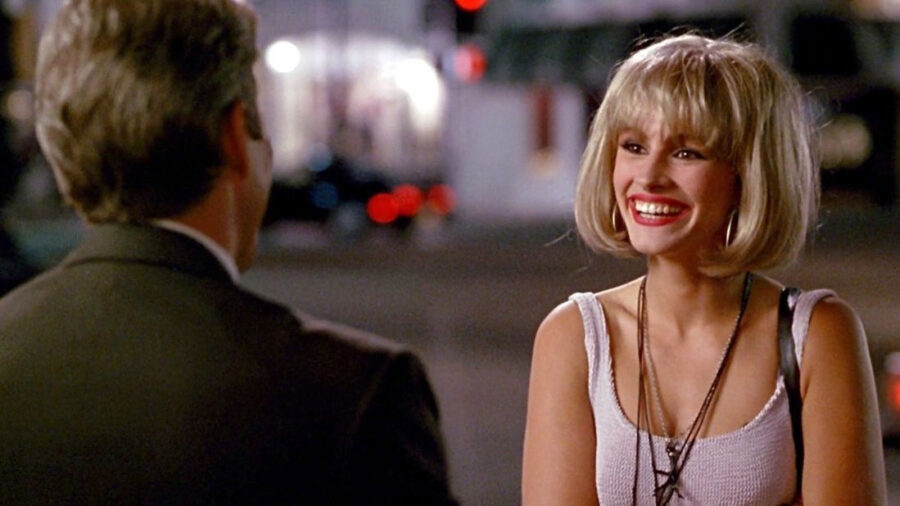
Elements of a strong logline for a convincing pitch
In Hollywood, this tool is called a logline, or a one-line, which consists of one or two short sentences and takes place on the very first pages of your pitch deck.
According to Blake Snyder, a great logline, like a potion, includes the following ingredients:
- Irony. Regardless of whether you’re writing a comedy or a drama.
- A compelling mental picture, which lets us see the movie or its potential. A powerful logline once said or read, blossoms in your brain, offering interesting scenes and exciting visuals. Black Snyder’s example here is “She’s the perfect woman – until she has a drink.” (A logline for “Blind Date”). Do you see this situation in your head when you read it? I can.
- Audience and cost. When your story, captured in two sentences, gives a sense of who it’s for and what it’s going to cost, that’s a bonus. Most studio buyers want to know in advance whether you offer a simple family comedy or a fantasy drama in a world that needs to be built from scratch. That way, they can plan their budget better.
- A killer title. Personally, I’m not a fan of finalizing the film title beforehand. Yet, if the combination of your title and logline works as a one-two punch, then congratulations! You definitely mastered this complicated skill and can proceed to the next step.
Tips on designing a visual pitch deck
So, we have an idea that seems to excite people and a strong logline for it. The next step is to visualize your concept and create a pitch deck that you will send to potential funders, studios, and teammates. Remember, it’s the first thing that people are going to see regarding your project. So, simple text on white paper isn’t the most interest-evoking solution.
A cover page is equally as important as your logline. Lesley Powers – filmmaker, designer, and author of the MZed-course “Building a Pitch Deck for Film and Television” – explains that if your readers don’t make it past the first page, they won’t see your project at all. As an example of a good cover, she shows one of her own examples:

Can you tell what this project is about by looking at it? This cover was for an unscripted dating show that followed a question of whether one could fall in love with someone in three minutes. Also, the entire action happened over a smartphone, as the dedicated illustration suggests. The creators wanted the project to be bright and colorful, so Lesley captured this spirit in the design of the whole pitch deck. According to her, the most important tip for a good cover page is to make it dynamic, and don’t overcomplicate it with tons of elements.

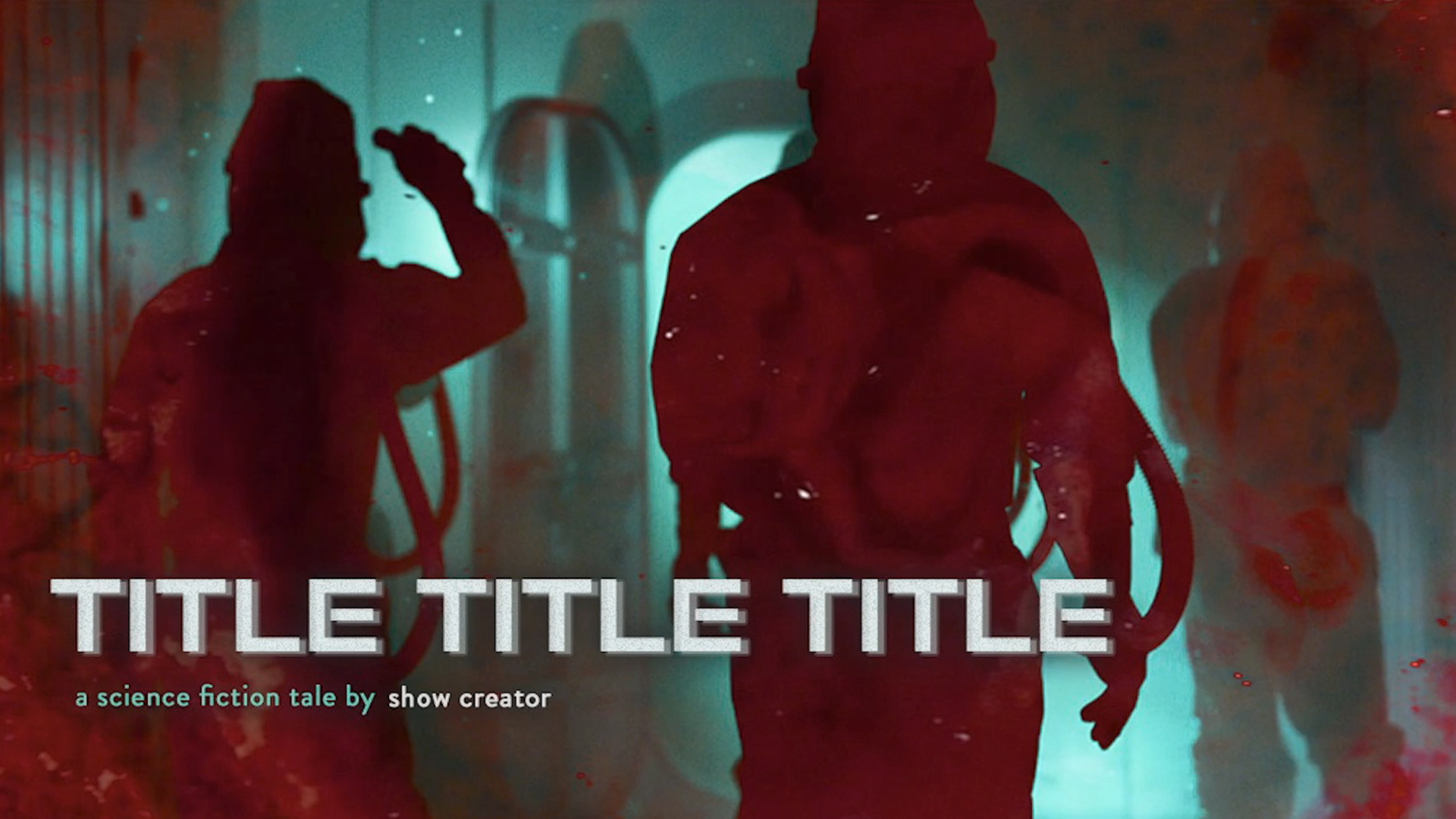
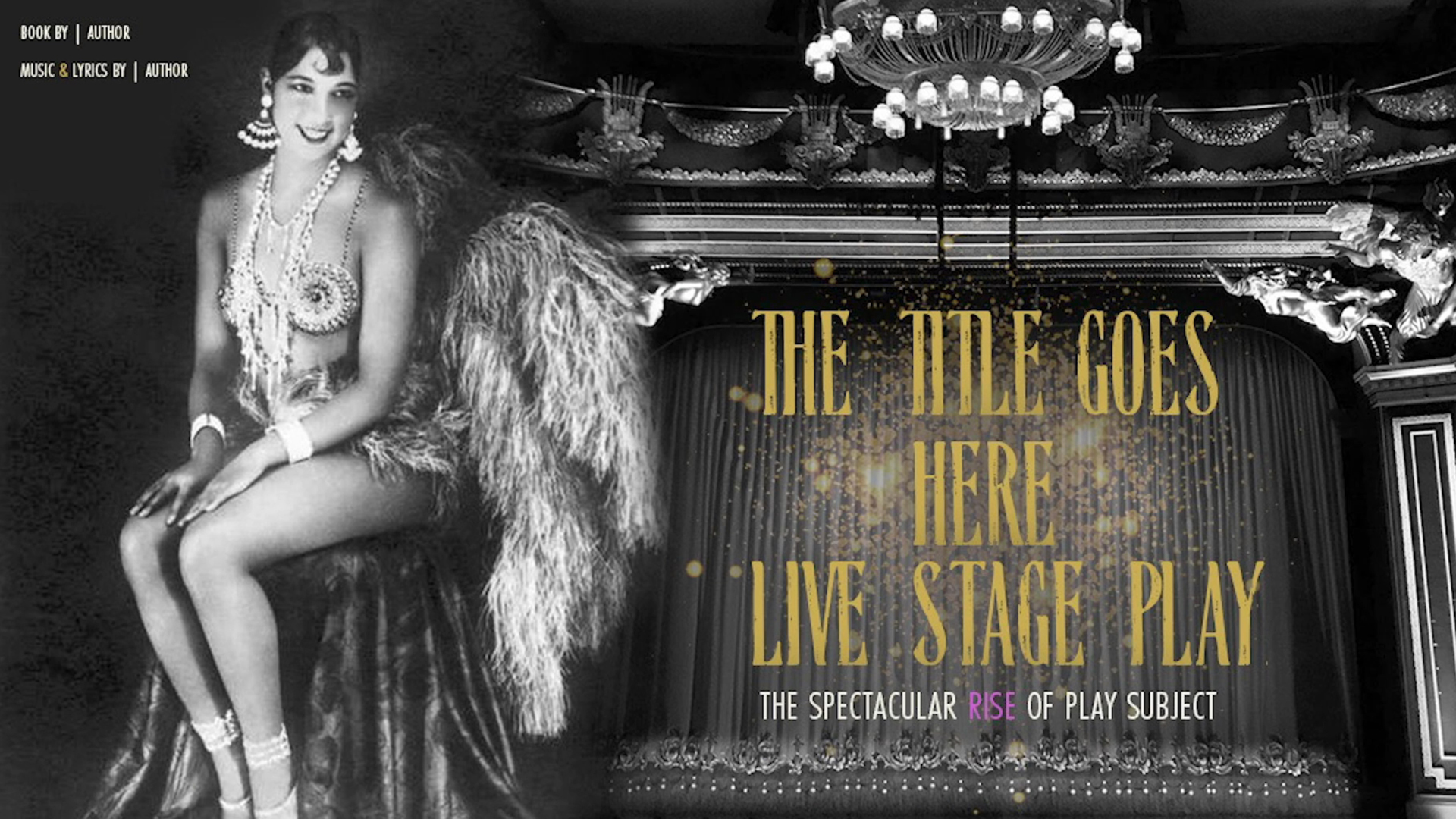
Other contents of a convincing pitch deck
The next page of your pitch deck, after a beautiful visual cover, is where the logline comes in. Lesley Powers recommends keeping it simple and structured. Its main purpose is to hold people’s interest and ease everyone into your film idea. You can include a top sheet here if you want – a list of hard facts concerning your project (the genre, how much money you need, etc.)
The following pages are up to you and can be adjusted according to your taste or goal. Every pitch deck is different, but it’s important to keep it concise enough. As we said earlier, your readers probably don’t have much time to get a feeling for your project.
Here are some examples of possible content that Lesley recommends including:
- Cast/Host. If you don’t already have one attached to your project, the advice here is to find archetypes and pull images of a few actors who resemble them.
- Team bios, in case you already have someone else on board. When you send out your pitch digitally, definitely insert the links to crew members’ websites or showreels.
- Film references. Give studios and funders some examples of similar films or TV shows that were successful and have a big audience. That will make their decision to prioritize your project easier.
- Mood board. This one is really a must-have in every pitch deck. A mood board doesn’t only express the visuals you have in your head but also gives a sneak peek into the story. We will share some tools for its creation below.
- Director’s statement. Why did you decide to make this movie in the first place? What drives you?

Tools that you can use for creating a convincing pitch
As Lesley Powers emphasizes, the design is a significant part of your pitch deck. In some cases, it’s better to hire a professional to communicate your vision. However, if your budget doesn’t allow it, there are some tips that can help.
Consider the genre, the cinematic atmosphere, and the emotions your narrative will evoke in the audience. Your goal is to find visual elements that can support that tone in the pitch – the color scheme, the background pictures, and even the icons. Details matter a lot!
To reference other films, you can use stills from them – for example, from the extensive Shotdeck library.
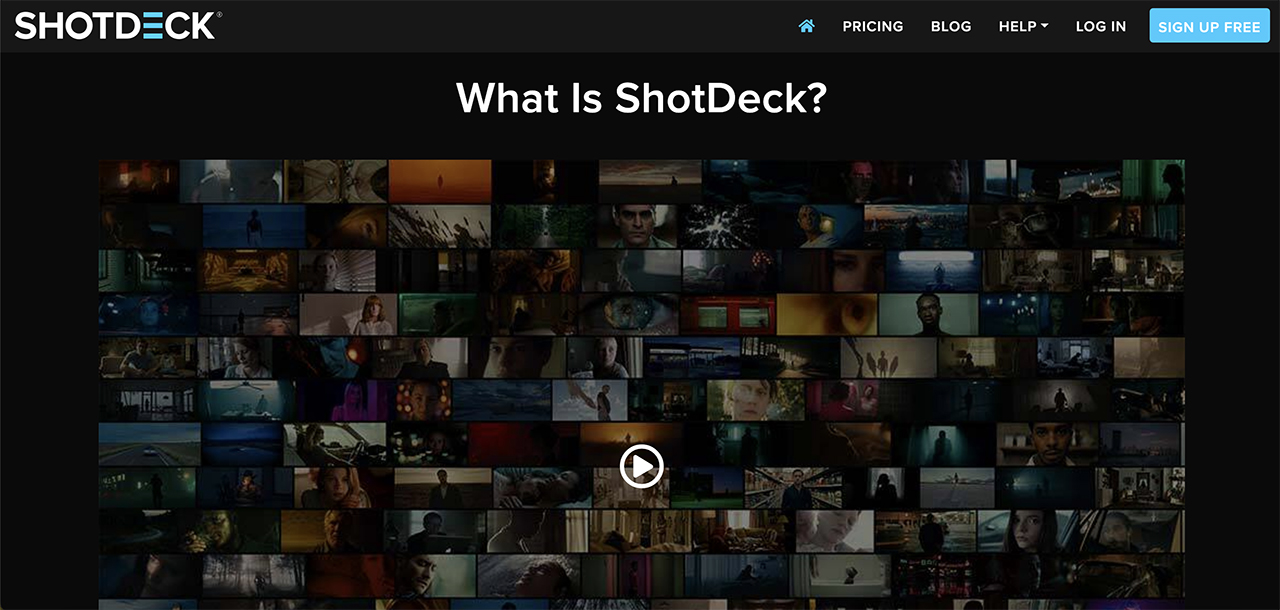
Numerous modern artificial intelligence tools can help you create an artistic mood board in no time. (We create a thorough guide for using them here). The so-called image generators transform a simple text description into images in all possible styles and levels of difficulty. My favourite one hands down is Midjourney – an independent research lab that has adeptly trained its deep-learning model to exhibit remarkable proficiency in generating both photorealistic and imaginative images. Take a look and compare the first and the latest version below, and note the incredible way their neural engine has advanced.


A good alternative to Midjourney is Adobe Firefly. If you have a Creative Cloud subscription, you can test their image generator here without additional costs. One of its powerful features – Generative Fill – can swap the background within seconds, remove distracting elements from a reference image, or conjure new characters into a photo of your desired location. You can use it online or directly in Photoshop to tweak your references and bring your visual ideas to life on paper (specifically, in your pitch deck.)

Conclusion
Creating a convincing pitch is not a simple task. It may take days or even longer until your idea is ripe enough and ready to show the world. Nevertheless, pitching is a significant process, and it’s also a lot of fun – especially when you witness your vision taking shape. So, have fun!
What about you? Do you currently have any ideas in mind that beg for a convincing pitch deck? What is your approach to this process? Share your tips and insights with us in the comments below!
Feature image source: Lesley Powers/MZed.
Full disclosure: MZed is owned by CineD
Additional source:
- “Save the Cat” by Blake Snyder, 2005.






